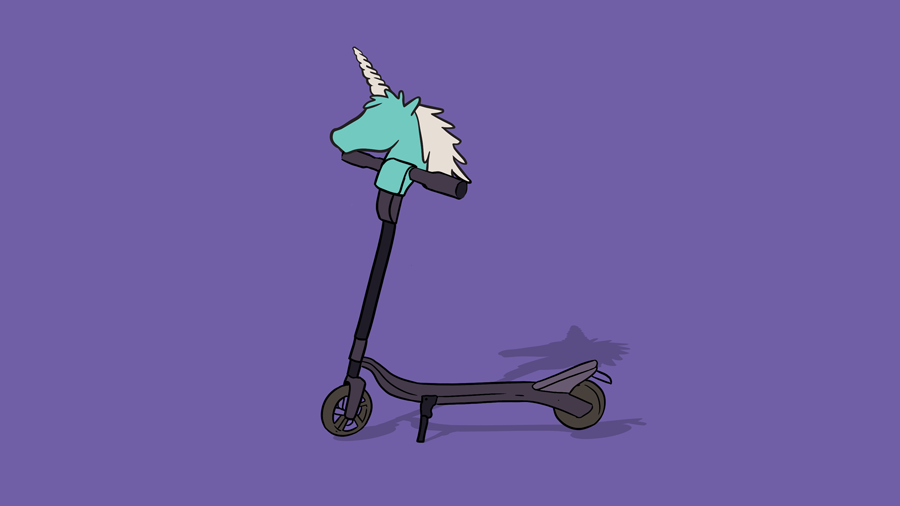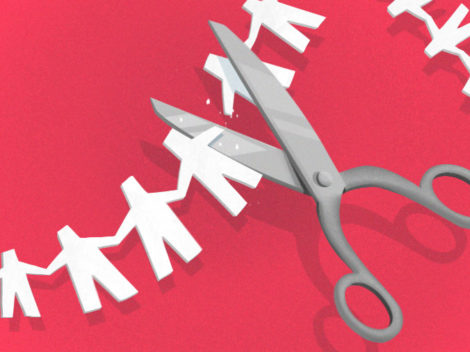New reporting underlines how the scooter boom has proven popular with consumers and investors alike, but remains far from having a sustainable business model.
Subscribe to the Crunchbase Daily
Yesterday The Information reported that Lime, an American scooter unicorn, expects to post an operating loss of over $300 million against gross revenue of around $420 million. The same report also details select unit economic data that we’ll examine.
The Lime news is not the first expected or reported scooter-induced loss that we’ve covered this year. Recall that Bird, a key Lime rival, posted a roughly $100 million loss against $15 million in revenue during the first quarter; the loss was boosted by a writeoff and the revenue hit by seasonality making the ensuing deficit appear worse than it might under less irksome circumstances.
But as with the Bird result, caveats or not, Lime’s expected losses are sharp and troubling.
Bird, Lime, and their global rivals rose quickly on the back of strong consumer demand for their products. Initial scooters placed in-market proved flimsy, but well-funded startups were confident that they could improve their hardware, tune their business model, and begin to juice gross margin from their fleets; the bet was that eventual scooter gross margin could cover operating costs, and scooter startups would, therefore, rise to new heights in terms of scale, and value as they grew.
Instead, after rocketing into the unicorn club — a private valuation of $1 billion is all you need for entry — Lime and Bird have managed continued growth, but haven’t yet beat back skepticism regarding their business model.
On that point, let’s examine what The Information reported regarding Lime’s gross margins:
In July, the company told investors it spent about 35% of gross revenue on depreciation, 40% on local operations and 17% on charging. Other smaller costs include payment processing, customer support and insurance.
As depreciation isn’t usually counted as part of a company’s cost of revenue, we can exclude it in our first calculation for Lime’s implied gross margin.
To get a gross margin figure, let’s add, say, 20 percent for “payment processing, customer support and insurance” to the other, known revenue costs. Using our guesstimate, Lime’s gross margins comes in at 23 percent.
If you counted Lime’s depreciation as a cost of revenue, (a cost of goods sold, if you want to phrase it that way) and it’s not hard to argue that it should be, the company’s gross margins appear negative.
In The Distance
The game that Lime has to play isn’t merely getting its scooter rides to generate a bit more margin (or indeed any at all, depending on how you count depreciation costs). Instead, it’s getting its scooters to generate enough margin at scale to cover its operating costs.
That’s a tall order. Recall that Lime is expected to post an operating loss of $300 million against $420 million in gross revenue. That means the company has to generate gobs of gross margin to cover its operating costs, before taking into account whatever its free cash flow must total to (a negative number).
It’s going to take a pretty penny for Lime to get there if it can. Bird is in the same boat. Crunchbase data indicates that Bird has raised $275 million to date. Lime an even more impressive $765 million. That’s well north of $1 billion between the two firms. Capital that has likely largely been spent.
But don’t worry. After Bird raised more money, The Information reports that Lime has a new investor on the line at a new, higher valuation.
Illustration: Li-Anne Dias.

Stay up to date with recent funding rounds, acquisitions, and more with the Crunchbase Daily.



![Illustration showing AI agents, depicted by robots, performing digital tasks. [Dom Guzman]](https://news.crunchbase.com/wp-content/uploads/Quarterly-agenticAI-asia-470x352.jpg)

![Illustration showing AI agents, depicted by robots, performing digital tasks. [Dom Guzman]](https://news.crunchbase.com/wp-content/uploads/Quarterly-agenticAI-europe-470x352.jpg)
![Illustration of a guy watering plants with a blocked hose - Global [Dom Guzman]](https://news.crunchbase.com/wp-content/uploads/quarterly-global-3-300x168.jpg)
67.1K Followers